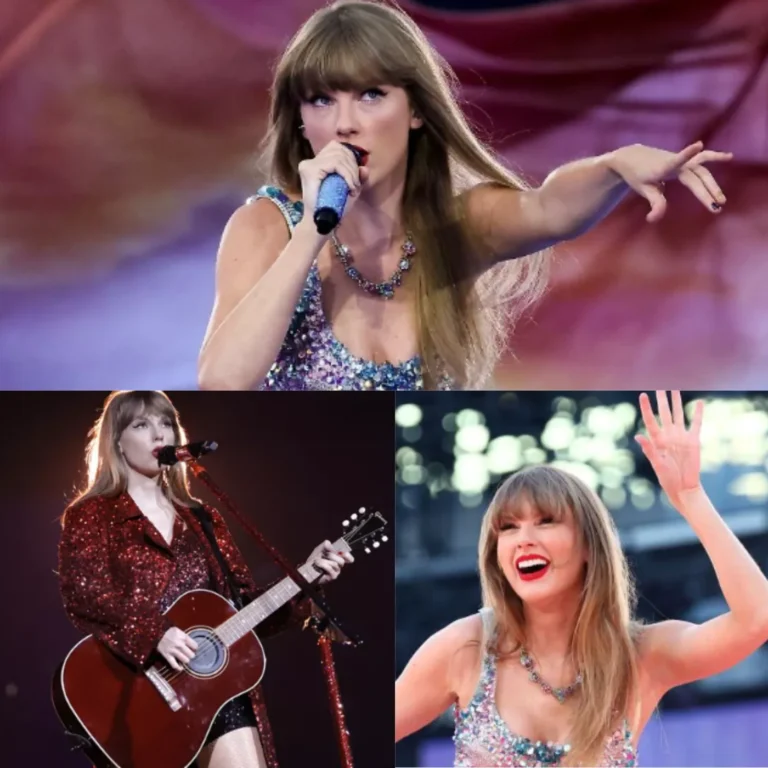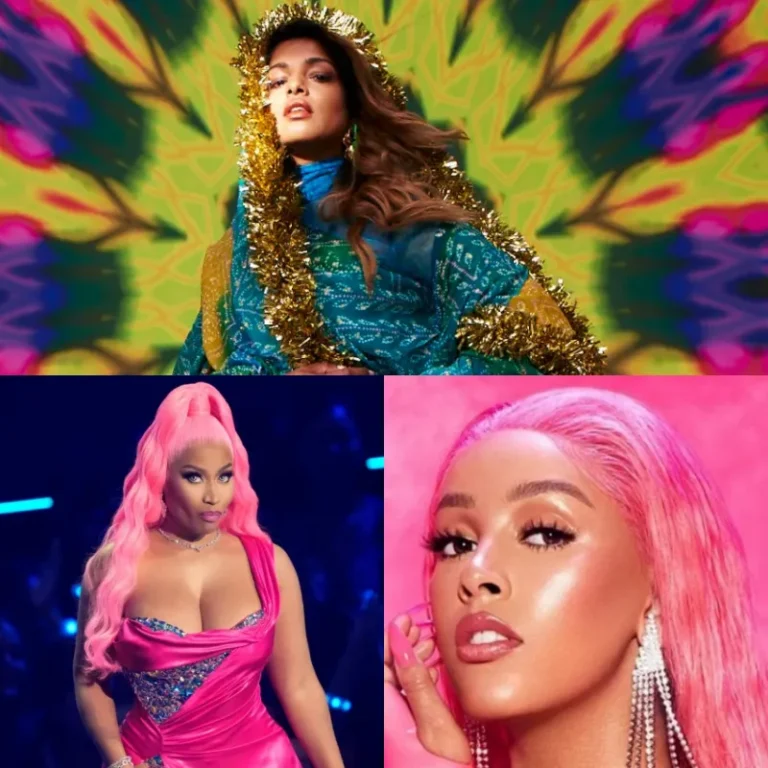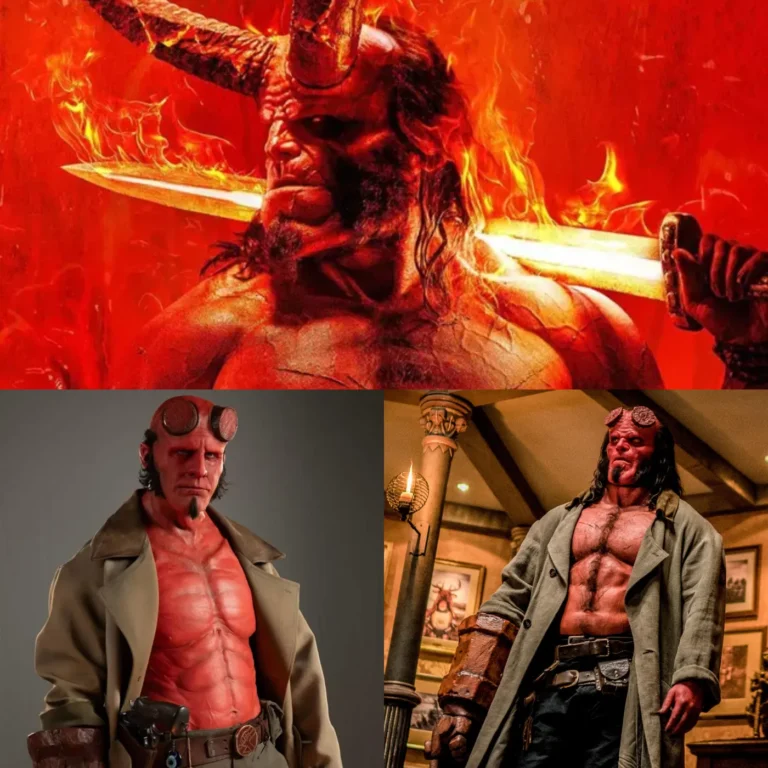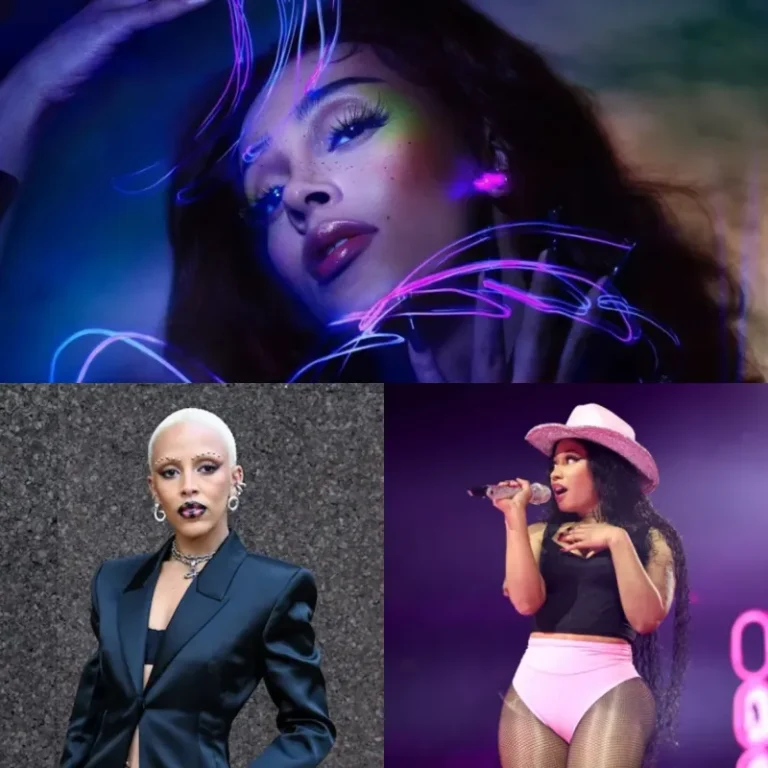
“Pit Viper, a sunglasses brand known for its neon-colored, retro vibes, has skyrocketed to success by embracing irreverent humor, ’90s nostalgia, and a party-centric culture rooted in ski and outdoor sports”
When Chuck Mumford co-founded Pit Viper in 2012 with his college friend Chris Garcin, he did so with a neon-colored briefcase in hand and a mission to inject some fun into the sunglasses market. The briefcase, an old Samsonite find from Goodwill, was spray-painted and filled with the brand’s first collection of military-grade, brightly colored sunglasses. Mumford would take it everywhere, showcasing the glasses in what the founders call “briefcasing”—a guerrilla marketing tactic that quickly became a hallmark of the brand.
“You just need one person at a party to ask, ‘What’s in the case?’ and suddenly you’ve got a crowd trying on sunglasses,” Garcin recalls. This playful approach to marketing set the tone for Pit Viper’s brand identity, which is all about taking things seriously—by not taking them seriously at all.
Pit Viper’s sunglasses, with their bold, wraparound designs, are as much a statement as they are functional gear. Ranging from $40 to $140, the glasses are designed for various outdoor activities like cycling, skiing, and beach sports, and are available in both adult and kid sizes. The company’s ethos is clear from its website and social media presence: “Pit Viper is here to party. Sunrise to sunset, reef breaks to ridge lines, hole shots to holy shit.”
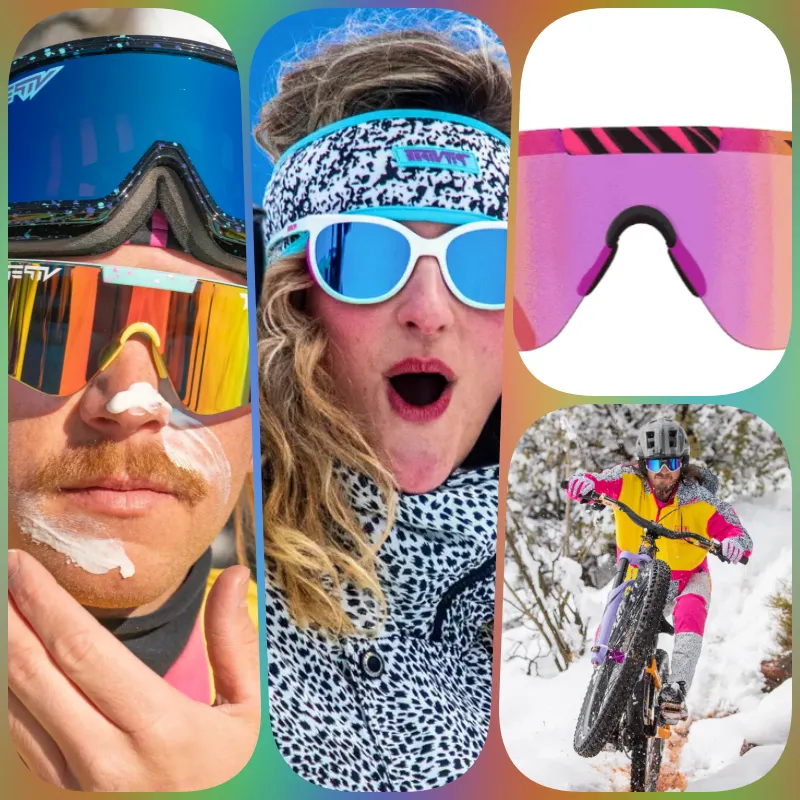
The Power of Nostalgia and Humor: Pit Viper has carved out a niche by tapping into ’90s nostalgia and lowbrow humor. The company’s website feels like a Windows 2000 fever dream, and its emails and social media posts are filled with absurd jokes and over-the-top antics. For example, a typical order confirmation email might say, “Thank you for shopping at Pit Viper. We are a business,” and link to a video of a man on fire running through an office, where every employee is wearing Pit Viper sunglasses.
This approach has paid off. Now, a decade in, Pit Viper employs about 100 people and has generated millions in revenue. While the company doesn’t publicly disclose its finances, a 2022 report from the Wall Street Journal estimated their revenue exceeded $40 million that year. Their customer base is fiercely loyal, with a following that includes everyone from outdoor enthusiasts to professional athletes like NFL stars Patrick Mahomes and Rob Gronkowski.
Pit Viper’s social media presence is a goldmine of irreverence. The brand’s Instagram feed, with 900,000 followers, is filled with images of seniors flipping the bird, people wearing Pit Vipers while on the toilet, and videos of stunts involving minimal clothing and maximal ridiculousness. The founders even used their platform to distance the brand from far-right extremists who wore Pit Vipers during the January 6th Capitol riot, stating that Pit Vipers are for “extreme sports, not extremists.”
Building a Brand Around Fun: The concept of “Party Mountain” is central to Pit Viper’s identity. Everything the brand does, from product launches to customer interactions, is designed to evoke a sense of fun and community. This strategy has resonated deeply with their audience, driving $2.5 million in sales in a single day after a restock post-holiday in February 2021, and pulling in $262,000 during a one-minute flash sale on Cyber Monday in 2022.
Mumford and Garcin’s journey began in the late 2000s, when they were both working in the ski industry and living paycheck-to-paycheck. Mumford, who was competing in professional free skiing while working at a Salt Lake City ski shop, stumbled upon the idea for Pit Viper after picking up some military-grade wraparound sunglasses at an army surplus store. The look felt perfect to him—bold, functional, and fun. When he returned to Salt Lake, he showed the glasses to Garcin, who immediately saw the potential and offered to create a website to sell them. The duo began painting the frames in neon colors and branding them as Pit Vipers.

“Pit Viper was a skiing term we were using,” Mumford explains. “We’d hit jumps and say ‘pit viper style.’ We were a crew out there, always having fun and not taking things too seriously.”
This carefree attitude has been a driving force behind the brand’s success. As John Entwistle, director of content strategy at MMGY Origin, notes, “They are killing it in the outdoor industry. We’re seeing a return to retro fashion with a focus on function, and Pit Viper nails that balance.”
Pit Viper’s embrace of ‘90s aesthetics and humor aligns perfectly with Gen Z’s current love for Y2K nostalgia. “It’s the right timing for the right audience,” says Evan Polivy, chief strategy officer at Stateless. “We’re seeing these influences in fashion, with celebrities and influencers embracing the throwback style.”
Authenticity and Community Connection: Pit Viper’s authenticity and commitment to its brand ethos have attracted a roster of athletes who embody the company’s rebellious spirit. Key Players, as the brand calls its ambassadors, include NASCAR driver Toni Breidinger and pro mountain biker Paul Basagoitia. Breidinger, the first Arab American female driver in NASCAR, appreciates Pit Viper’s willingness to take risks and stand out. “They find athletes who aren’t afraid to be themselves,” she says.
The brand’s edgy, rule-breaking attitude is reflected in its business structure. Unlike venture-backed startups, Pit Viper has relied on organic growth, fueled by a relentless commitment to humor and community engagement. This ethos is evident in offshoot ventures like Shitty Hats, a side business that sells exactly what the name suggests, channeling even more potty humor into the brand’s offerings.
The Future of Pit Viper: Pit Viper continues to innovate within its irreverent framework. For Thanksgiving, the brand launched the “12 Days of Turbo,” a promotional event featuring wild prizes like a stretch limo, a heli-skiing expedition, and an $8,000 gold brick. Each detail is a reflection of the brand’s Party Mountain philosophy, which has been a cornerstone of Pit Viper’s success.
